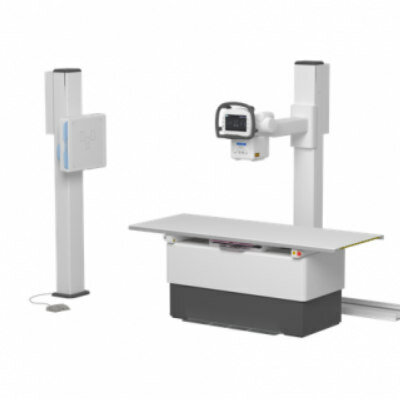MR Technology Helps to Assess Degree of Brain Damage
By MedImaging International staff writers
Posted on 04 Apr 2011
A Norwegian research center is developing new magnetic resonance imaging (MRI) techniques to study the brain. This new technology could have major implications for victims of brain damage as well as Alzheimer patients.Posted on 04 Apr 2011
"In a way, MR is like Lego blocks,” said Asta Håberg, professor of neuroimaging at the Medical Imaging Laboratory (MI Lab; Trondheim, Norway. "There's a practically infinite number of combinations of what we can take images of, so we test out new combinations to see what we can find. This is how we arrived at the methods that enable us to perform faster, higher-quality MR imaging.”
MI Lab is one of Norway's 14 original Centers for Research-based Innovation (SFI), which has received funding from the Research Council of Norway since 2007.
Prof. Håberg is involved in a project to examine brain damage from accidents with the goal of finding the best MR variable for establishing prognoses for patients. In a follow-up study, researchers are studying 100 patients over four years. Using repeated MR imaging, they hope to find a clinical variable, present shortly after the accident, which predicts patients' condition one year later. A method that can determine long-term prognoses for victims of brain damage would be useful in customizing rehabilitation training.
The SFI center's MR group is also running another exciting project related to memory functions. Problems with memory afflict patients suffering from multiple sclerosis, epilepsy, depression, Alzheimer's disease, and schizophrenia. MI Lab scientists are working to identify the brain areas that are activated when we use our memory.
The areas that first lose functionality with the onset of dementia appear to be related to olfactory function, memory, and directional sense. The brain regions that support these functions are located within the temporal lobe.
"Brain researchers believe it will eventually be possible to predict age-related dementia 10-20 years before onset by examining brain activity,” remarked Prof. Håberg. "With early diagnosis, disease progression can be slowed. But it will be some years before we have cracked all the necessary codes.”
Related Links:
Medical Imaging Laboratory Trondheim














